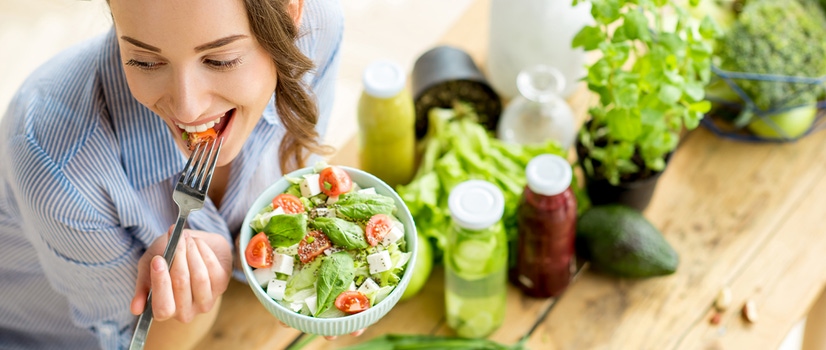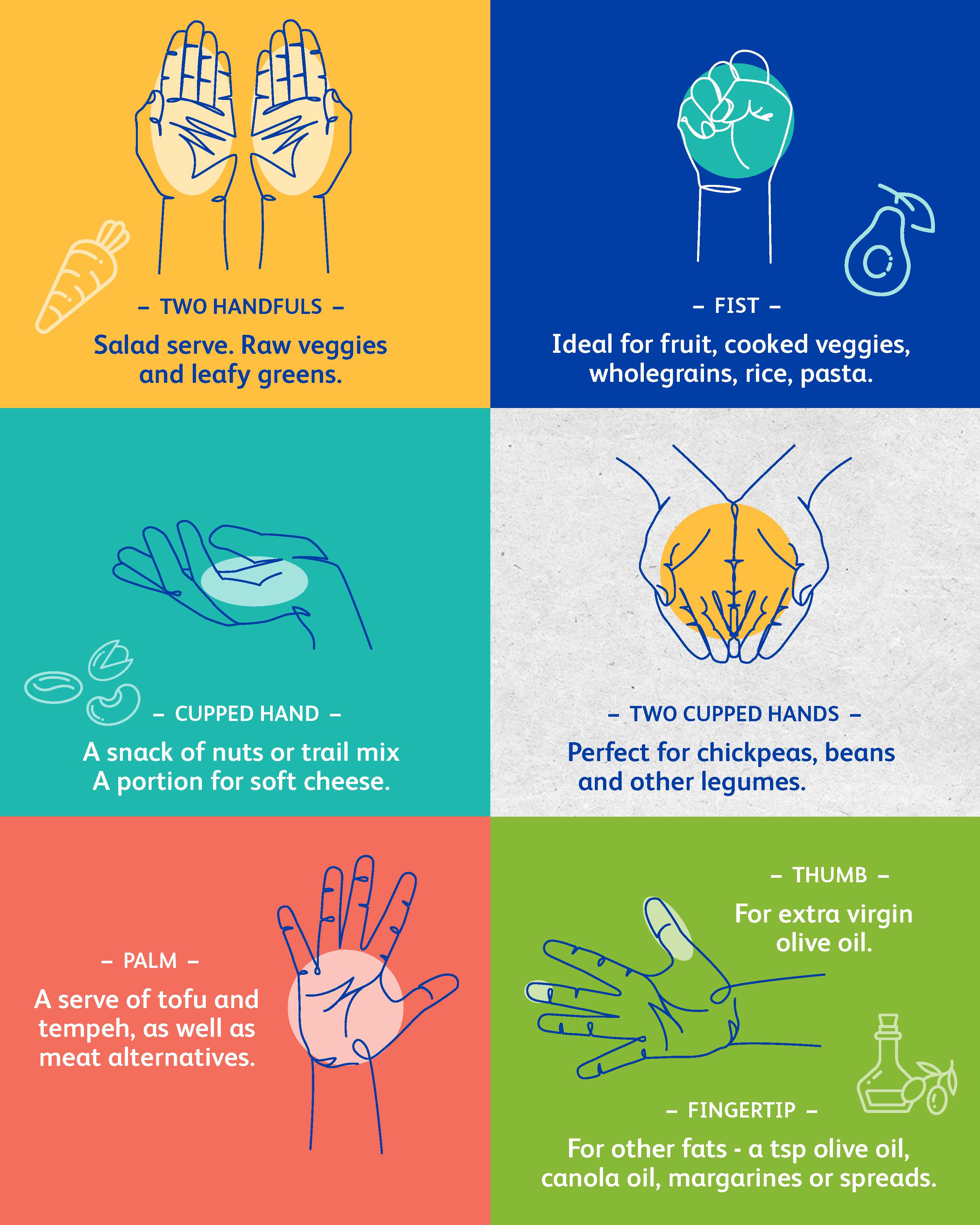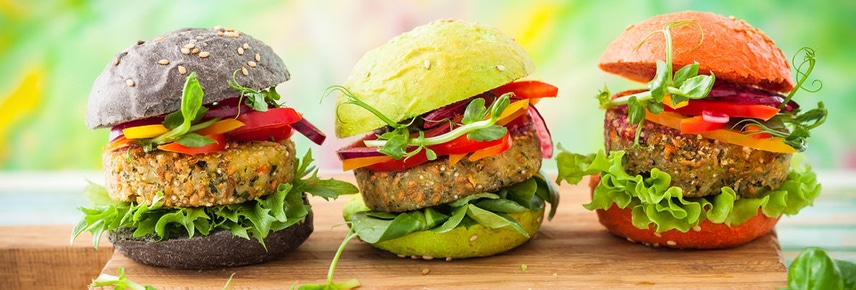
Portion control for a healthy weight: A 'handy' guide
New research has found that Aussies gained on average three kilograms during the pandemic – and that’s only up to May 2021. But Sanitarium dietitian Trish Guy says there’s an easy way to manage healthy portions – and it’s as simple as getting a bit hands-on.
Time to take control
According to eatforhealth.gov.au, watching portion sizes is important for weight management, and essential for weight loss. This is especially the case if you find it hard to slow down and practice mindful eating, or simply eat straight past your body’s signs of satiety until your plate is empty.
A research paper published in the Journal of Obesity found “when offered larger amounts of food, people reliably consumed a larger meal”.
Trish agrees that managing portion sizes is a great way to maintain or regain a healthy weight.
Portion control simply means working out just how much food you should be putting on your plate or in your bowl. It doesn’t mean saying no to any food group or keeping track of points.
“Looking at portions is a simple way to manage your weight – certainly better than counting calories,” Trish says. “There’s no need to overfocus on measuring down to the gram. It’s more about finding a healthy way to load up your plate with nutritious foods you love, and that love you back... a way of eating that you can stick to every day. An easy way to get your portion sizes right is using your palms and fists.”
Subscribe to Wholicious Living to stay up-to-date with the latest health and nutrition advice.
Gotta hand it to you.....
Pretty much every part of your hand can work when it comes to calculating portion size. A fist - represents about ½-1 cup, which is the perfect portion size when it comes to fruit, wholegrains, pasta or rice. So, what about spuds? For starchy veggies, a fist or half a medium potato is a portion. Two handfuls - gives you a great guide to add plenty of fresh salad or non-starchy veggies. Always load your plate with these. A cupped hand - the ideal 30g snack size for nuts, dried fruit or trail mix. It’s also a portion of soft cheese, such as cottage or ricotta cheeses. Two cupped hands - perfect for legumes like chickpeas, beans, and lentils. It’s around 150g. A palm - it’s the size to aim for when serving up plant proteins like tofu and tempeh (100g-150g) as well as meat alternatives (100g-150g). Fingers - yes even your thumb and fingers can help you measure. A thumb is about 2 tablespoons of extra virgin olive oil and your fingertip is a teaspoon for other oils and spread - always go for more extra virgin olive oil as the research shows big benefits for this healthy plant-based oil including better brain health and reduced risk of stroke and type 2 diabetes.

Anything more we need to know about portion control?
Plenty! Here are Trish’s other tips for making sure you’re eating what you need include:
- Using a small plate – It’s all mind over matter. “A standard-size portion will look small on a larger plate, making you feel less satisfied,” Trish says. “A smaller plate will make your meal look more generous.”
- Go big on veggies – “Fill half your plate with colourful, non-starchy veggies, such as dark, leafy greens, green beans, broccoli, mushrooms and other salad veggies. Remember, we need 5-plus of these veg a day for good nutrition.”
- Say no to seconds – “Put those leftovers in the fridge or freezer before you sit down to eat. That will reduce the temptation to go back for seconds.”
- The 20-minute rule – Eat slowly so you have the chance to feel full. Advanced Accredited Practising Dietitian Dr Tim Crowe says “eating slower is good for us because it takes time for mechanical and hormonal signals to reach the brain from the stomach to tell us we’re full”.
- A sweet treat – For those who crave a sweet treat after a meal, cut up some fresh fruit before you sit down to eat, so you have something healthy ready to go and are less tempted to bring out the ice cream!
- Relax, chew, taste, enjoy – “Remember food is so much more than just health. It is also about being socially connected with family and friends as you eat, celebrating your culture and experiencing different foods,” Trish says.

The latest nutrition advice, plus health and wellness tips delivered to your inbox monthly

